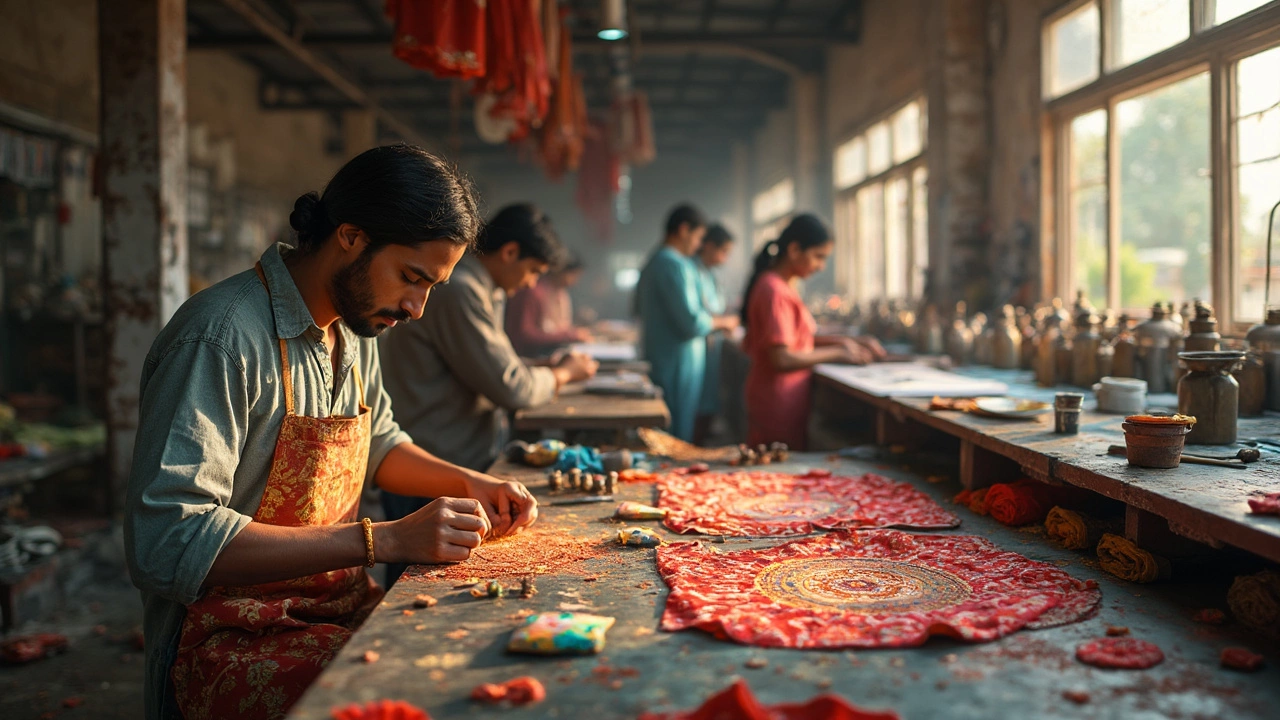Production Methods: Essential Techniques for Modern Manufacturing
When you run a factory, the way you make things decides how fast you sell, how much you spend, and whether customers come back. That’s why picking the right production method is a daily decision, not a once‑off thing. In this guide, you’ll get straight‑forward advice you can apply now, whether you’re setting up a small workshop or managing a large plant.
Why Production Methods Matter
Every production method balances three things: speed, cost, and quality. A fast line that throws away half the product wastes money. A cheap line that produces shaky items loses customers. And a perfect‑quality line that takes forever can’t keep up with demand. The sweet spot is where all three line up. That’s the spot most Indian factories aim for, especially with rising competition.
Another reason to care about method choice is regulation. Government schemes in India often reward plants that cut waste, use less energy, or adopt digital tools. Picking a method that meets these rules not only avoids fines, it can unlock subsidies and tax breaks.
Common Production Methods in India
Batch Production – You make a set amount of a product, finish it, then switch to the next. It’s great for items that vary a lot, like custom furniture or specialty chemicals. The downside is downtime between batches, so you need good scheduling.
Continuous Flow – The line never stops. Raw material feeds in, finished goods flow out. This works best for high‑volume, low‑variation items like cement, steel rods, or packaged foods. Investing in automation pays off here because the machines keep running 24/7.
Lean Manufacturing – Borrowed from Japan, lean focuses on cutting waste. You map every step, ask if it adds value, and drop anything that doesn’t. Many Indian factories combine lean with other methods to keep costs low while staying flexible.
Cellular Manufacturing – Instead of a long line, you set up small work cells where a few workers handle all steps for a product family. This reduces movement, speeds up training, and improves quality feedback. It’s popular in automotive component shops and small‑scale electronics.
All these methods share a common theme: they rely on the “5 M’s” – Man, Machine, Material, Method, Measurement. Getting the right people, keeping equipment in shape, feeding clean material, choosing the proper method, and measuring results are the building blocks of any successful production setup.
So, how do you pick? Start by answering three questions: What’s the product mix? How much volume do you need? What are your cost and quality targets? If you need flexibility, batch or cellular might fit. If you need volume, go continuous. If you’re fighting waste, layer lean on top of whatever you choose.Remember, you don’t have to stick to one method forever. Many plants start with batch production, then shift to continuous flow as demand grows. The key is to track key metrics – cycle time, scrap rate, and on‑time delivery – and adjust when the numbers tell you it’s time.
Finally, don’t overlook technology. Simple digital tools like production dashboards, IoT sensors on machines, and cloud‑based scheduling can turn a basic method into a competitive advantage. Even a small furniture maker can use a tablet to monitor inventory and cut lead times.
Choosing the right production method isn’t a one‑size‑fits‑all decision. It’s a mix of understanding your product, your market, and the resources you have. Use the basics here, test small changes, and keep an eye on the numbers. That’s how you turn a factory floor into a profit machine.
Understanding the Three Main Types of Manufacturing
Manufacturing serves as the backbone of any economy, driving innovation and production. In this article, we'll explore the three key types of manufacturing: custom, batch, and mass production. Each type offers unique advantages and suits different industry needs. We'll also examine how government schemes can support these manufacturing processes, maximizing efficiency and growth.
Read More